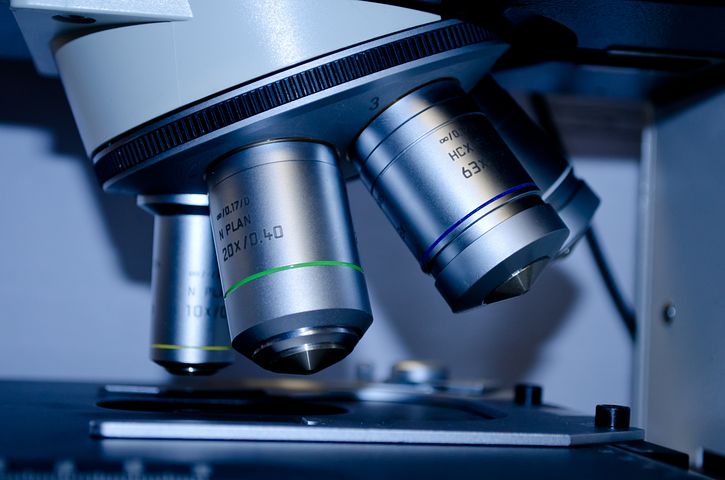DeepSeek astonishes world with surprises
Chinese AI company DeepSeek just astonished the world with its open-source model DeepSeek-R1 recently

Estimated reading time: 4 minutes
By Song Shuang
The rise of the AI model was nothing short of breathtaking. On Jan. 20, DeepSeek officially launched DeepSeek-R1. Within a week, it soared to the top of the free app rankings on Apple's App Store in both China and the U.S. Shortly after, it claimed the No. 1 spot on mobile app download charts in around 140 countries. It marked a rare, simultaneous breakthrough in both Eastern and Western markets.
The response it generated was equally astonishing. OpenAI CEO Sam Altman said it is legit invigorating to have a new competitor. The New York Times hailed the emergence of DeepSeek as "a milestone" in AI development.
On the same day, tech giants NVIDIA, Amazon, and Microsoft all announced their integration of DeepSeek-R1 into their platforms.
What makes this success even more remarkable is that DeepSeek accomplished it with a fraction of the industry's typical R&D costs.
By achieving breakthroughs in multimodal interaction, low-power computing, and multilingual adaptation, along with a dramatic enhancement in inference capabilities, DeepSeek has redefined "cost-effective innovation" in AI.
It has challenged the global AI industry's long-standing reliance on brute-force computing power- the belief that scaling hardware is the only way forward.
As The Financial Times bluntly put it, DeepSeek has disrupted the AI industry's core assumption that more powerful hardware is the key to progress.
DeepSeek, a name now making waves worldwide, also raises profound questions. Despite U.S. policies of "small yards with high fences" aimed at restricting China's access to critical technologies, companies like DeepSeek are forging ahead with breakthrough innovations. When U.S. chip bans sought to slow China's access to cutting-edge hardware, more efficient alternatives emerged under the immense pressure.
DeepSeek's rise has also brought unexpected benefits to the world. Its open-source approach has accelerated the adoption of AI globally. DeepSeek's dialect recognition technology has enabled remote communities in some countries and regions to access AI-powered healthcare. AI-powered devices running on DeepSeek models are even being used for agricultural disaster forecasting. More and more Global South countries will benefit immensely from this efficient and accessible AI technology.
As China's permanent representative to the United Nations, Fu Cong, emphasized, "Only through cooperation and shared development can we bridge the digital and AI divide, ensuring that the Global South benefits equally from AI advancements."
Let's turn our attention to where DeepSeek was born - China. It is implementing the strategy for invigorating China through science and education, the workforce development strategy, and the innovation-driven development strategy, fostering a continuous stream of top-tier tech talent.
Former OpenAI policy director Jack Clark stated that DeepSeek has hired a group of "enigmatic geniuses." DeepSeek's founder, Liang Wenfeng, responded, "These 'geniuses' are, in fact, recent graduates from top universities, PhD interns in their fourth or fifth year, and young professionals who have just graduated only a few years ago."
Turing Award winner and Academician Andrew Chi-Chih Yao of the Chinese Academy of Sciences highlighted, "China's AI talent pipeline - from undergraduate students to PhD researchers - has already reached world-class levels." As Fu aptly put it, "Never underestimate the ingenuity of Chinese scientists and engineers."
According to the World Intellectual Property Organization's Global Innovation Index 2024, China has risen to 11th place in the latest rankings of the world's most innovative economies, making it one of the fastest risers in the past decade.
From quantum computing to controlled nuclear fusion, from brain-computer interfaces to space mining, and from Huawei's HarmonyOS to the world's first petabit-level ultra-high-capacity optical disk storage system - China's journey toward high-level technological self-reliance is filled with milestones that will shape the future.
The path illuminated by these innovations is one that brings new hope to the world.
What's Your Reaction?











 annis
annis 












